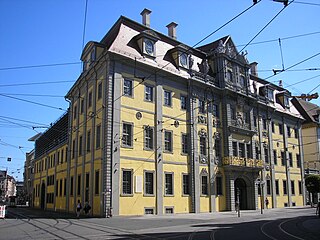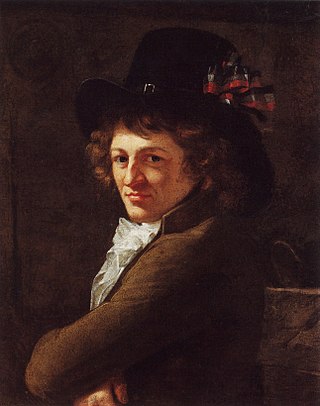
Eberhard Georg Friedrich von Wächter was a German painter. Wächter died in Stuttgart.

William, Duke of Brunswick, was ruling duke of the Duchy of Brunswick from 1830 until his death.

Johann Peter Krafft was a German-born Austrian painter who specialized in portraits, historical works, and genre scenes.

Carl Friedrich von Rumohr was a German art historian, writer, draughtsman and painter, agricultural historian, connoisseur of and writer about the culinary arts, art collector and patron of artists.

Johann Adam Klein was a German painter and engraver.

Friedrich Georg Weitsch was a German painter and etcher.
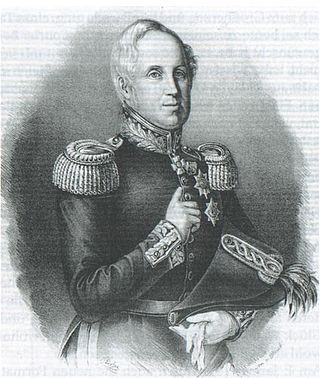
Augustus I or Paul Frederick Augustus was the reigning Grand Duke of Oldenburg from 1829 to 1853.

Adolph Friedrich Vollmer was a German landscape and marine painter and graphic artist. He and his contemporary, the painter Christian Morgenstern, were pioneers in Hamburg of early Realism in painting.
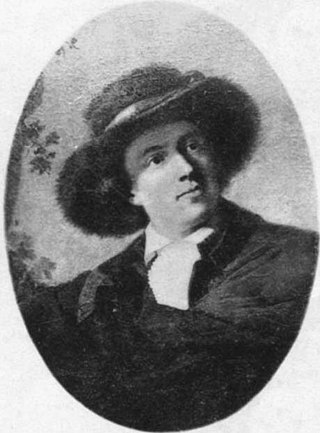
Philipp Friedrich von Hetsch was a German Classical painter, known primarily for his portraits, although he also created historical and mythological scenes.
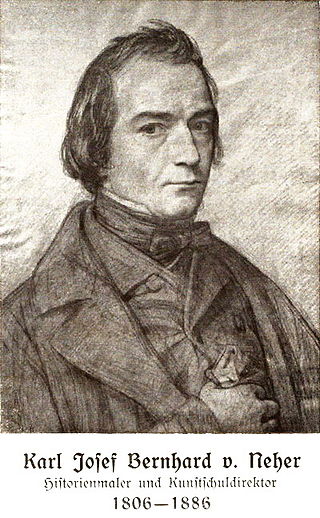
Karl Josef Bernhard von Neher was a German painter.

Christian Friedrich von Leins was a German architect.

Woldemar Friedrich von Olivier was a German history painter in the Romantic style, often associated with the Nazarene movement.

Franz Theobald Horny was a German painter in the Romantic style.
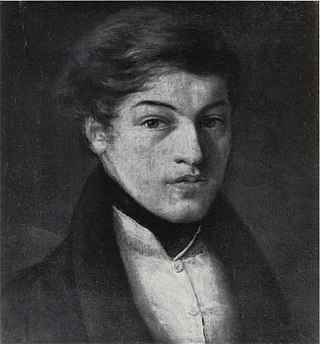
Friedrich Mosbrugger, also known as Fritz Moosbrugger was a German portrait and genre painter in the Realistic style. He came from a family that had a widespread reputation as builders, plasterers and painters. His brother Joseph was also a painter, and his brother August was an architect.

Erwin Speckter was a German painter, often associated with the Nazarene movement.

Friedrich Wilhelm Graf von Bismarck was a German lieutenant general, diplomat and military writer. He wrote several major military-political works and military histories, which were very pro-Napoleon.
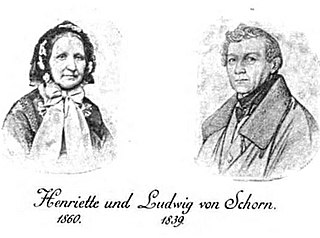
Johann Karl Ludwig Schorn, after 1838 von Schorn was a German art historian and university Professor. His second wife was the poet, Henriette von Schorn.

Franz Anton Zeiller was an Austrian painter, in the Rococo style.

Friedrich Wilhelm L'Allemand, known as Fritz was an Austrian history painter.



















